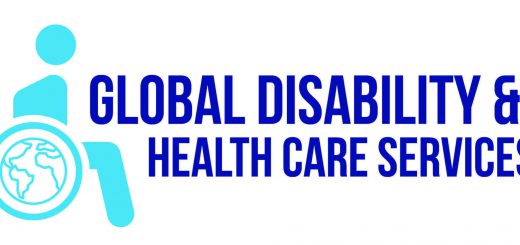Infant Circumcision procedure
Infant Circumcision , or Neutercising, is a procedure to remove the foreskin from a baby boy. This surgical procedure is performed to remove the foreskin. It is believed that if a baby boy’s skin becomes too tight, it can cause tightness in his anus. This can be avoided if the foreskin is removed while still immature and this is exactly what the procedure is called. The main concern is whether the baby can feel pain. Parents should not regret a successful operation.
Many families have made infant circumcision a regular part of their daily routine, especially in the first month. Although this is true, it is important that newborns should not be subjected any type of pain. If you have made the decision to perform infant circumcision, it is important to remember to be cautious and take all precautions. The procedures involved in infant male circumcision include gliding the penis into the scrotum, tying a rubber band around the base of the penis, clipping the foreskin with a pair of clippers and finally cutting off the tip of the penis with the help of an electric clipper.
According to statistics, approximately seventy percent (or seventy percent) of all infant circumcisions are performed in the United States. The procedure takes about two to three minutes, and both parents and child are satisfied with the results. A baby who has been circumcised will not develop any infection at the time of the procedure, and he will resume his normal activities within three to four days following the operation. If the procedure is done Circumcision Melbourne, the glans will be free from any preputaneous tissue. The glans will return to normal size and shape in a week.
Male infants can experience some mild discomfort during the procedure, and the extent of this discomfort can vary. However, this small amount of discomfort generally does not lead to any problems, and there is no increased risk of infection following the procedure. One of the most common complications following circumcision is skin rash. This usually does not lead to any long term problem and can be treated with topical anti-fungal medication.
A second concern in the United States is the lack of professional-level patient education about this procedure. Pediatric professionals often refer to uncircumcised males as “urbigators”. The United States has a low level of medical education and awareness about this issue. A parent used to have to find a specialist to perform a circumcision on his child. A simple visit to your family doctor or a local hospital medical professional will usually provide enough information about the procedure.
The American Academy of Pediatrics published a special publication to inform parents about the benefits of infant circumcision. “The Benefits of Circumcision,” written by epidemiologist William Bradshaw and medical consultant James Gillogly, is available at a nominal charge through the academy’s website. The academy has also launched a helpline for parents who are uncircumcised boys or infants. The staff is available to answer questions from parents on all aspects of infant circumcision, from the dangers to the benefits. Any question is welcome.
A pediatric nurse is assigned to each patient at the time of the circumcision procedure. The nurse is responsible for providing consistent postoperative education. The nurses are also responsible for ensuring that all information is provided to the parents and physicians, so that they are able to make informed decisions regarding this procedure. The nurses are responsible for making sure the infant is dressed comfortably and loosely until the stitches are removed. Patient education is designed to familiarize the infant with the procedure and the caregiver.
For parents who are considering infant circumcision, it is advisable to research the topic. This includes learning about the procedure itself, as well as the potential complications and benefits. Parents can find many books and websites that they can consult and learn from. Additionally, parents can look to the American Academy of Pediatrics for basic information about infant circumcision. Parents who require their help can also contact this organization.



